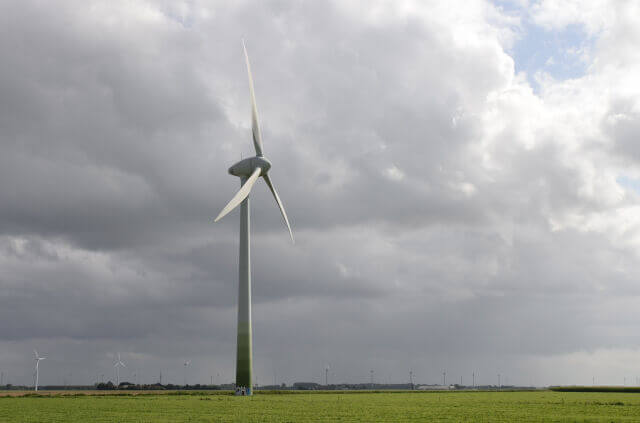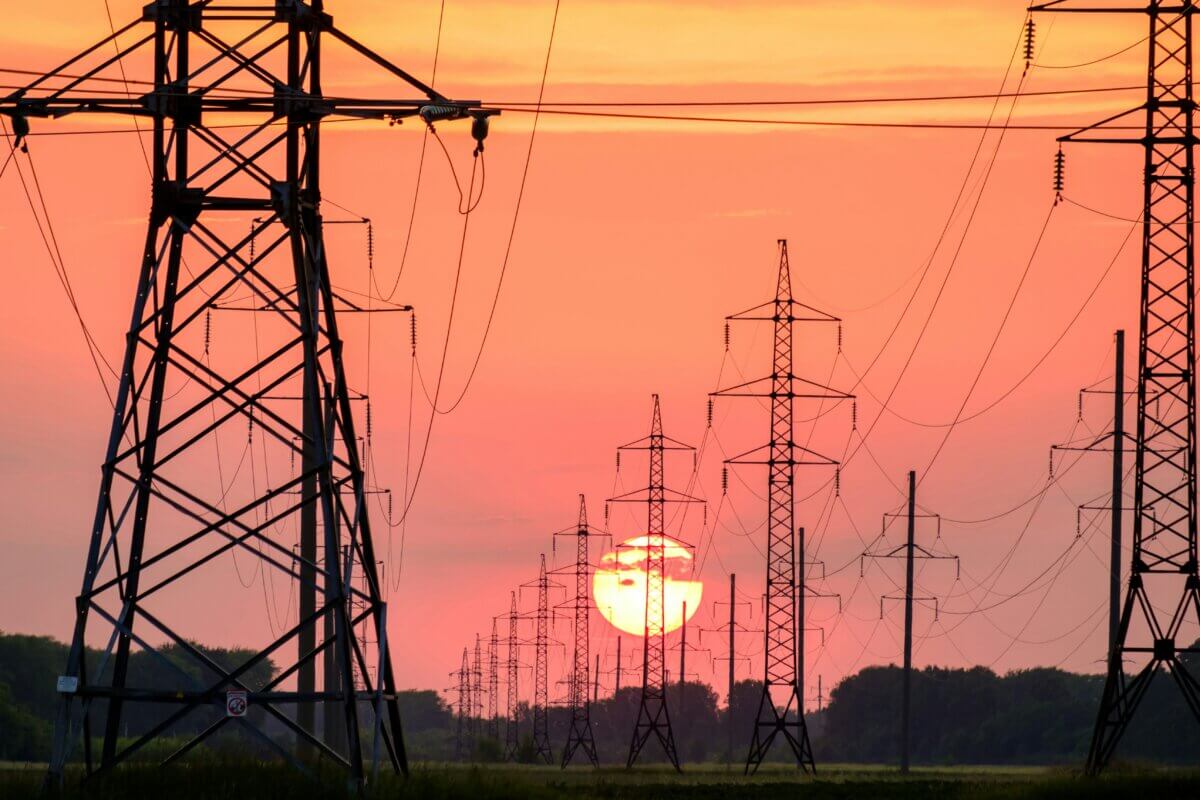Porthos allowed to proceed: a relief for energy transition
Since September 2021, the energy transition (and the Netherlands as a whole) has been waiting for the irrevocability of the permits for Porthos. In November 2022, the (Administrative Law Division of the) Council of State came out with a ruling, but this was only an interim ruling and looked more at the so-called ‘partial building exemption‘ than at Porthos. Today, almost two years after the underlying permits were adopted, the Council of State has come out with a final ruling.
Fortunately, the Council of State ruled that the permissions granted for Porthos can be upheld. The project may go ahead with the necessary delay and can thus make a necessary contribution to the Dutch climate goals.
What was it about again?
Porthos is a system of pipelines and installations serving CCS, or underground storage in the North Sea of CO2 from Dutch industry. Porthos will annually transport some 2.5 million tonnes of CO2 to storage, which is comparable to some 3.5% of CO2 emissions from all Dutch industry (in 2022). The operation of Porthos will thus make a significant contribution to the transition to make the Netherlands CO2 neutral. As Porthos is also a key project for other CCS projects, such as Aramis and others, the success of Porthos is vital for the transition. Thereby, CCS by itself does not lead to decarbonisation (because the CO2 is still being created), but it does lead to emission reductions because that CO2 does not enter the atmosphere. Therefore, CCS is a useful and (according to the IPCC) necessary interim solution for the climate transition to ‘net-zero’.
However, Mobilisation for the Environment or MOB appealed against the permits granted for Porthos in 2021. MOB is Johan Vollebroek’s vehicle that lodges all kinds of nitrogen-related appeals in the administrative courts (and is regularly successful in doing so – not least with the 2021 PAS rulings). Although, according to its statutes, the MOB aims to improve the quality of the environment, it has also appealed against the permits for Porthos. In particular, the appeal also now concerns nitrogen-related aspects caused by Porthos (during construction). In addition, MOB is also opposed on principle to the application of CCS because it does not lead to CO2 prevention. MOB thus fails to recognize that a transition simply consists of interim solutions (after all, there is no ‘button’ to immediately replace CO2 in certain processes; this is still technically impossible at present), but this is not really at issue in the proceedings before the Council of State.
The proceedings before the Council of State do concern the nitrogen effects of Porthos. Indeed, the construction of Porthos requires the laying of pipelines, the construction of a compressor station in the Port of Rotterdam and the conversion of a former gas production platform. When the project is realized, i.e. in the so-called use phase, no nitrogen will be emitted, according to research. In the construction phase, during the (re)construction of the installations and laying of the pipeline, nitrogen emission is expected, namely about 0.4 mol N/ha/year. This is based on the (very roughly calculated) assumption that 1 mole of nitrogen represents approximately 14 grams. The total emissions from the construction phase of Porthos are therefore about 6 grams per hectare for a limited duration. In total, there are about 900 kilos of emissions for the entire project (compared to 155 million kilos in 2021 total in the Netherlands).
Due to the current nitrogen crisis, any project with nitrogen emissions must be carefully examined whether those nitrogen emissions will have significant negative impacts on surrounding natural areas (Natura 2000 areas). Because we in the Netherlands emit about four times as much nitrogen as the European Union average, these nature areas suffer in the Netherlands and any ‘extra’ nitrogen emissions can have significant negative consequences.
The construction of Porthos was nevertheless approved by the relevant competent authorities because the so-called partial building exemption could be applied, which meant that nitrogen emissions during the construction phase could be exempted from the required nitrogen investigation. In the case of Porthos, this would result in only nitrogen emissions in the use phase needing to be investigated (which is zero). Therefore, the permits for Porthos could be granted without an additional nature assessment or nature permit. This was where MOB disagreed.
In the November 2022 interlocutory ruling, the Council of State annulled the partial building exemption, in short, because it violates (higher) European law. This is because the effects of the partial construction exemption have not been mapped at the individual level of projects, so it cannot be concluded either that the measure does not cause significant negative effects on nature. Such a measure can only be established if measures are also taken (and actually implemented) that would offset the negative effects of such a construction exemption. This was not the case with the partial construction exemption. The Council of State subsequently ruled in the interim ruling that the partial building exemption could not have been used as a basis for substantiating the permits for Porthos. The Council of State did allow the permits to be substantiated by other means, because at the very last moment (just before the hearing in March 2022) Porthos itself presented a study showing that there would be no significant effects of the Porthos project during the construction phase either. Because this report was only delivered at the very last minute, the Council of State issued an interlocutory ruling and ‘reopened’ the study to assess whether the permits could be substantiated with the new nitrogen report.
What has the RvS said
In today’s ruling, the RvS ruled that the additional research Porthos came up with can be used to substantiate the permits for Porthos. The study shows that significant negative effects of the construction of Porthos can be ruled out.
Today’s ruling by the Council of State is legally not very special. The Council of State assessed the Porthos study and concluded that objective data showed that it could be ruled out that the project would have significant negative effects on Natura 2000 areas. This allowed the competent authorities to conclude that the Porthos project could be licensed.
What are the consequences
By leaving the Porthos permits in place, these permits have become irrevocable. This also means that work can actually start. When that will happen and how long those works will take is not known. The delay in legal proceedings has changed the playing field. Costs have risen over the past two years and the contractors and suppliers involved will not have been idle for two years and may have picked up other work. So it will be a wait and see when construction of Porthos will actually begin.
The industry will also be able to breathe a sigh of relief now that a temporary solution to capture CO2 emissions is in sight. These CO2 emissions, which often cannot yet be technically prevented, can be stored underground via Porthos. So these companies can now also go ahead with their sustainability plans (by ‘ordering’ a CCS installation, for instance). So the ruling will also have a positive knock-on effect on a longer chain.
In the end, there are no real winners, as this ruling has led to many delays. Porthos will possibly be commissioned two years later (which could have meant a CO2 storage of 5 megatons). In addition, both Porthos and the companies that want to tap into it are likely to have higher costs to implement or finance their projects.
MOB was also ultimately unsuccessful in stopping the Porthos project. True, the partial construction exemption is off the table, but that was not MOB’s only concern. MOB’s appeal did not earn it much credit either, with many voices questioning why they chose precisely this project to tackle the construction exemption (and not one of the many other permits that have the same underpinnings – often with more nitrogen emissions). Choosing this case for its nitrogen battle has delayed the commissioning of Porthos by two years. In doing so, it very flatly prevented 5 megatons of CO2 from being stored – 5 billion kilos! -, relative to an attempt to save some 6 grams of nitrogen (per hectare) on sensitive wildlife areas. The MOB’s nitrogen blinkers thus seem to have done more damage than it was able to prevent in this case.
Fortunately, the positive note is that a whole series of projects can now move forward, direct projects such as Porthos and the companies to be connected to it, but indirectly also the related sustainability initiatives. By enabling CO2 capture and storage, the companies involved can further focus on the next step in phasing out CO2.




